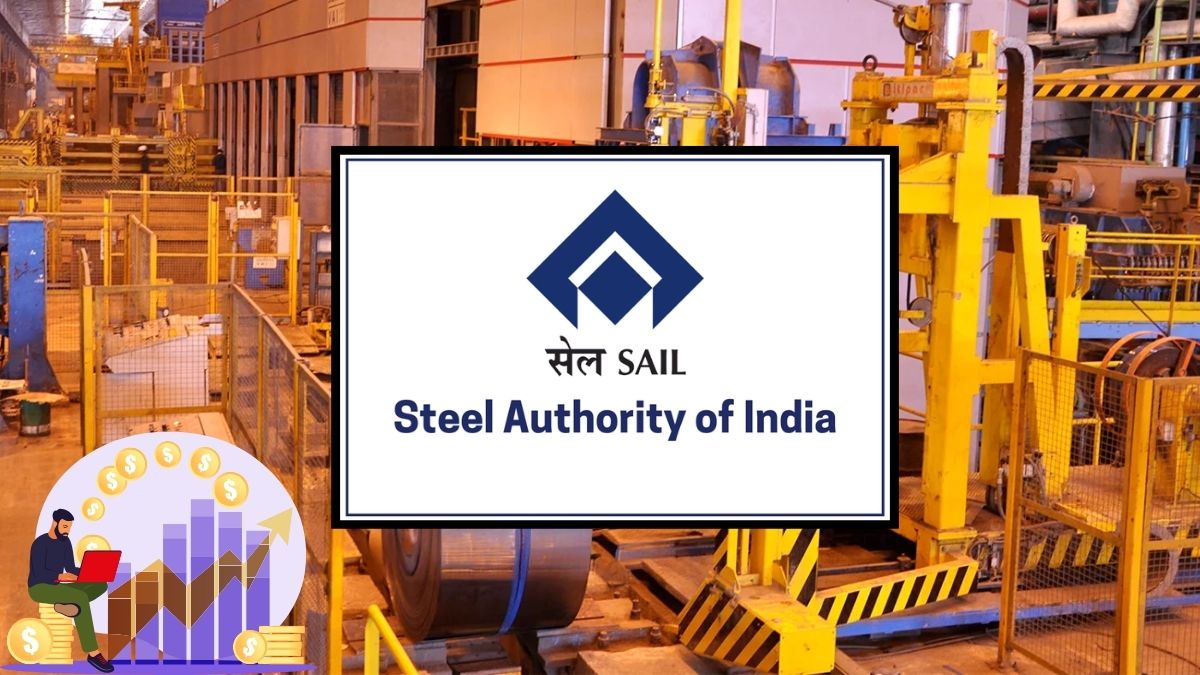There’s been a lot of buzz lately around the new withdrawal rules under the Employees Provident Fund Organisation. Depending on who you ask, these changes either help promote responsible saving or give the government too much control over your hard-earned money.

To understand the debate, we first need to revisit what the EPFO actually does.
What is EPFO and how it works
If you’re part of India’s formal workforce, 12 percent of your basic salary goes into the EPF account every month. Your employer contributes an equal amount, and this combined fund earns interest at around 8.25 percent annually. The idea is simple — to ensure you automatically save for your retirement instead of spending everything you earn.
With over 30 crore accounts and assets exceeding ₹28 lakh crore, the EPFO manages one of the largest pools of savings in India. It’s a lifeline for millions of employees, particularly in a country where retirement planning is still a luxury for most.
What has changed
Until now, partial withdrawals from EPF accounts were allowed under 13 different clauses — for reasons like marriage, education, medical emergencies, or buying a home. Each clause came with its own waiting period, usually between 5 to 7 years, leading to confusion and delays.
The new rules have simplified the system by merging all clauses into three broad categories — Essential Needs, Housing, and Special Circumstances. Employees can now withdraw up to 100 percent of their eligible balance, which includes both employer and employee contributions along with interest.

That sounds like a win, but there’s a new restriction too. At least 25 percent of your total corpus must now remain locked until retirement. You can access the rest after 12 months of service, which is a shorter waiting period than before. However, if you lose your job, you must wait 12 months to withdraw the remaining balance and 36 months to access your pension share.
Why the new rules exist
The Ministry of Labour argues that these changes are designed to simplify access while ensuring long-term financial security. Policymakers point to a worrying statistic — nearly half of EPFO members retire with less than ₹20,000 in their accounts, and most withdraw their savings within a few years of joining. With India’s ageing population rising rapidly, this trend poses a risk to future taxpayers who might have to fund welfare programs for those with depleted savings.
By locking 25 percent of funds until retirement, the government hopes to create what economists call a “commitment device” — a rule that forces people to save for the future even if they don’t want to.
The other side of the debate
While the intent sounds noble, critics argue that these rules limit an employee’s control over their own income. The provident fund isn’t a government grant — it’s money earned and taxed, yet the power to decide when and how to use it lies elsewhere.
Moreover, EPFO’s operational inefficiencies make matters worse. Frequent website crashes, delayed claim settlements, and mismatched account details frustrate employees who already struggle to access their savings. The new framework promises faster processing through cloud-based systems and real-time settlements, but trust in the system remains low.
There’s also the question of what happens to your locked funds. EPFO invests heavily in government securities and exchange-traded funds, effectively lending your money to fund infrastructure and public spending. While this helps the economy, it raises concerns about whether employees are being forced to subsidise the state’s financing needs.

What it means for you
If you’re early in your career, the new rules could actually help by allowing partial withdrawals after just one year instead of several. But if you’re nearing retirement or planning major expenses like housing or education, that 25 percent lock-in could limit flexibility when you need liquidity most.
The broader issue goes beyond financial access — it’s about ownership. If workers must contribute compulsorily, face withdrawal limits, and have little say in how their savings are managed, does the provident fund truly belong to them?
The bottom line
The new EPFO rules are still awaiting official notification, so details may change before implementation. But the message is clear — the government wants to build a culture of disciplined, long-term saving, even if that means restricting short-term access.
The intent may be progressive, but the execution must rebuild trust by making EPFO more transparent, efficient, and responsive. Until then, for many workers, the provident fund will feel less like personal savings and more like a system they’re obliged to fund without full control.
Follow You Finance on Instagram and Facebook for more updates on financial reforms, personal savings insights, and money trends shaping India’s economy.















